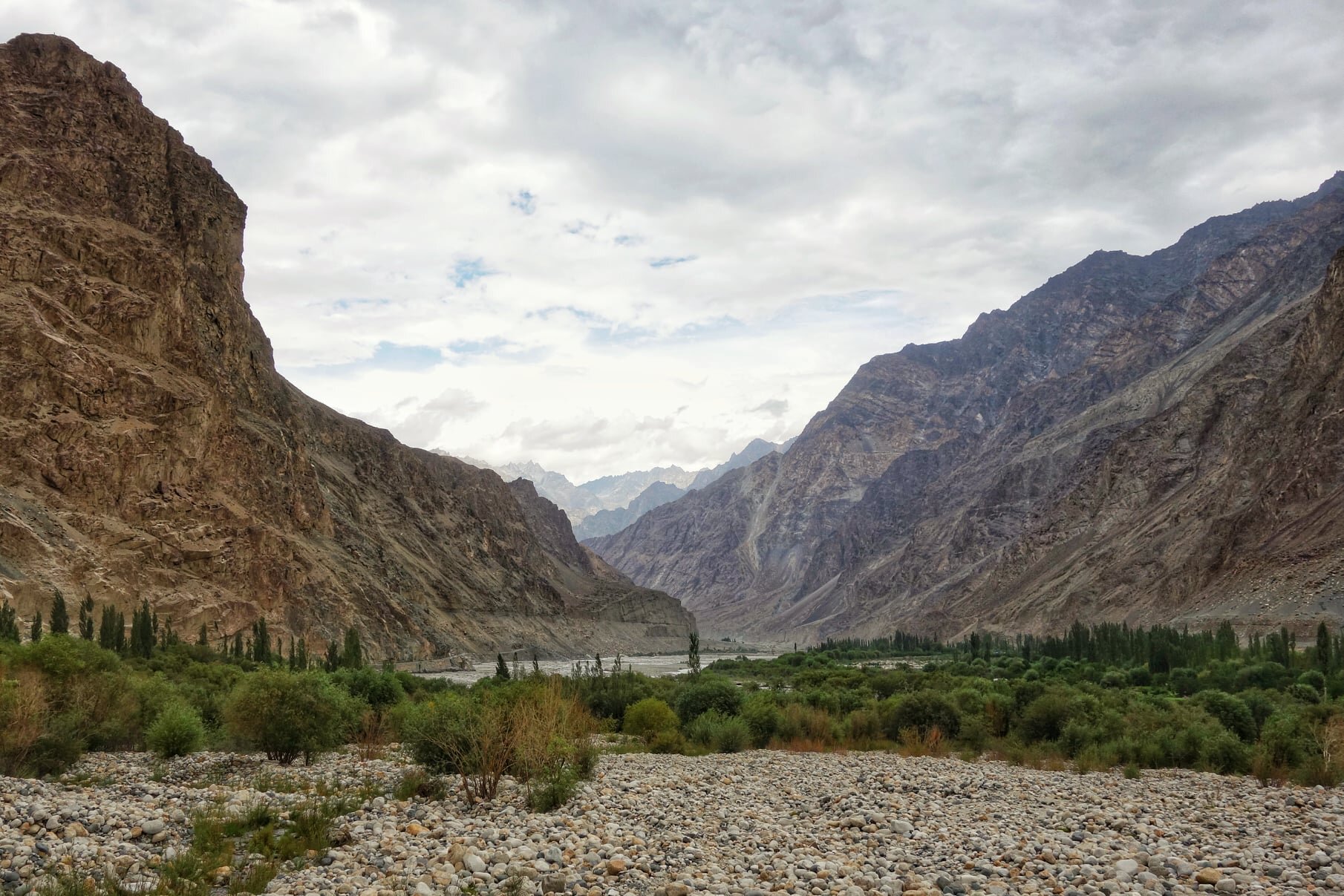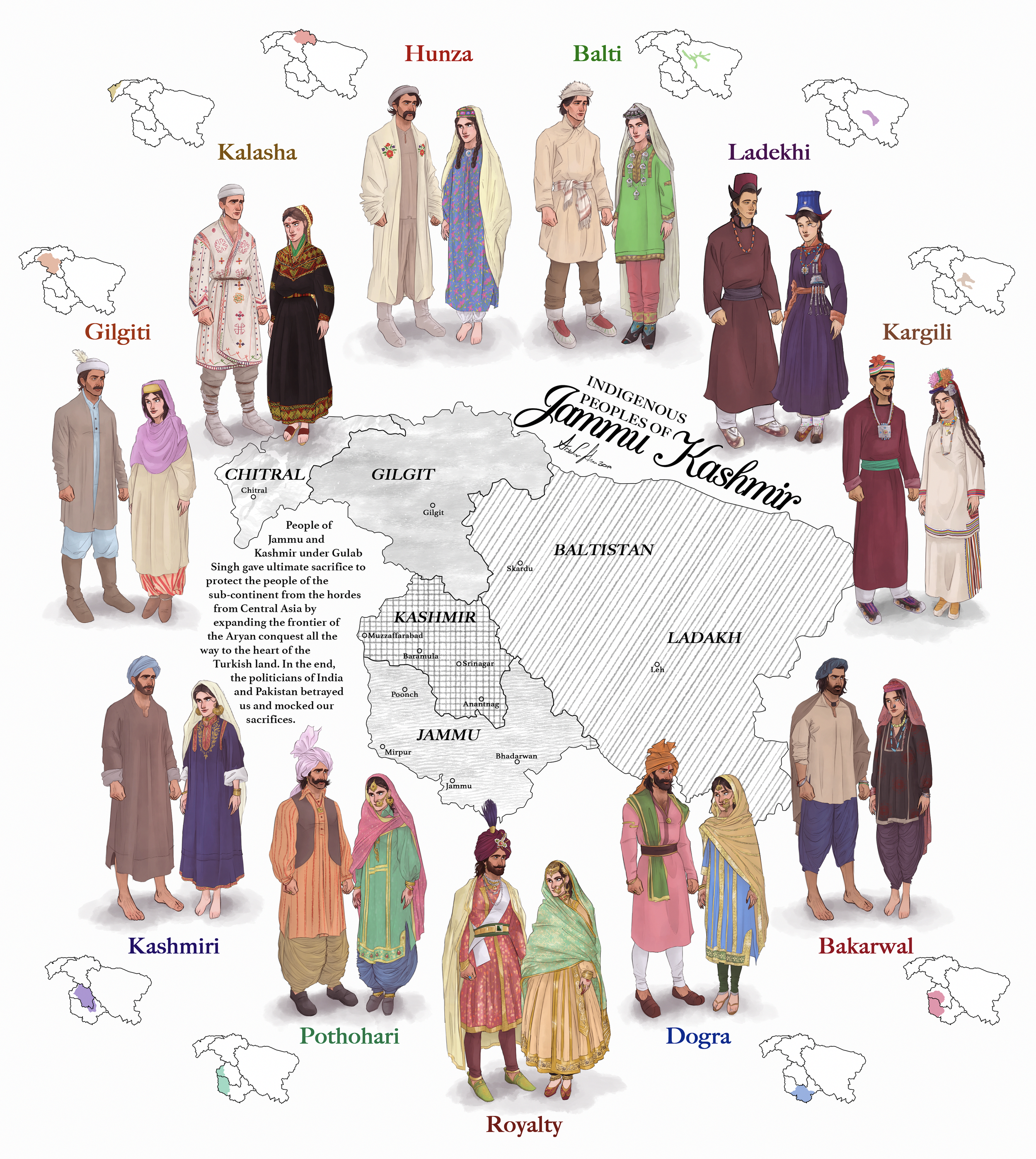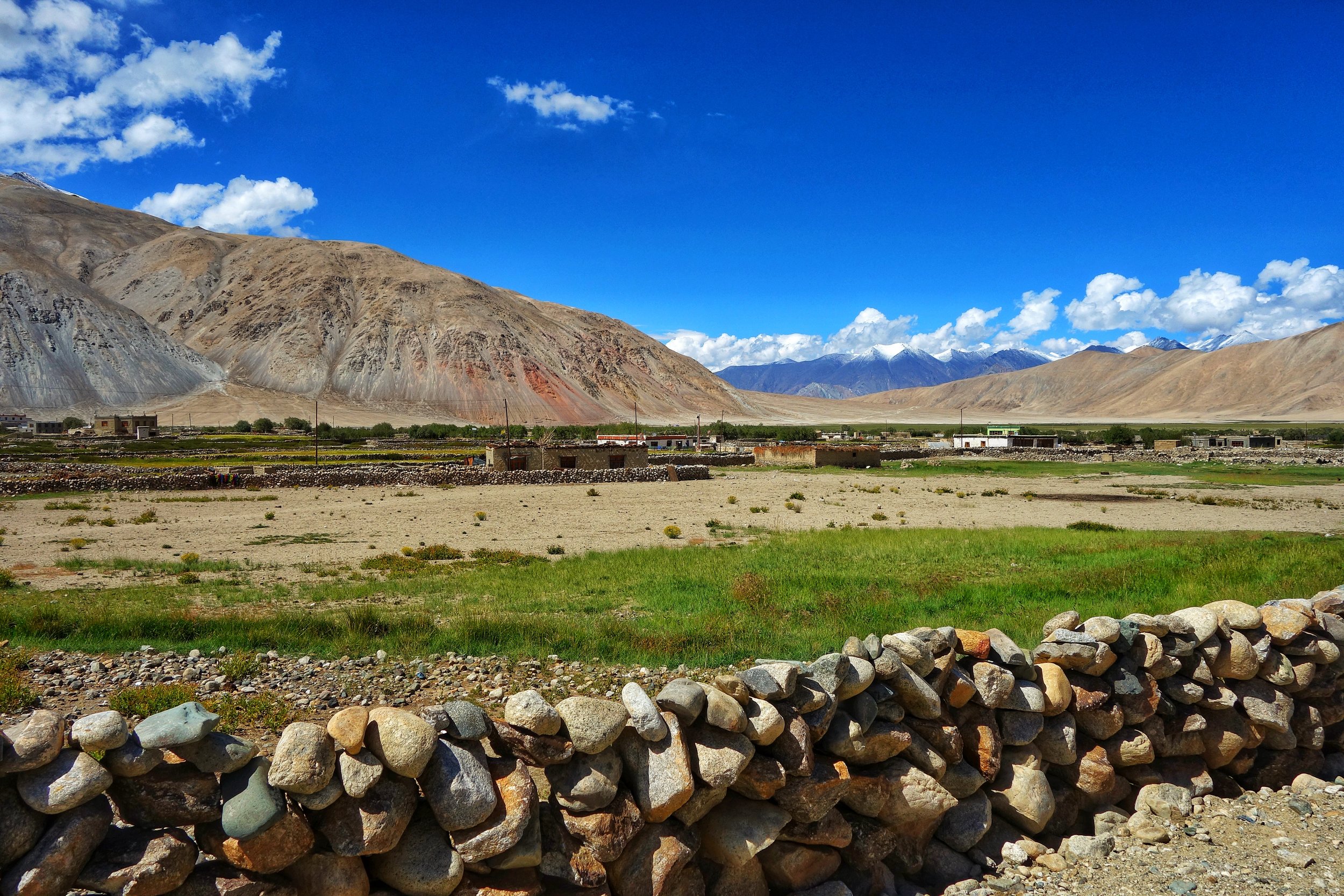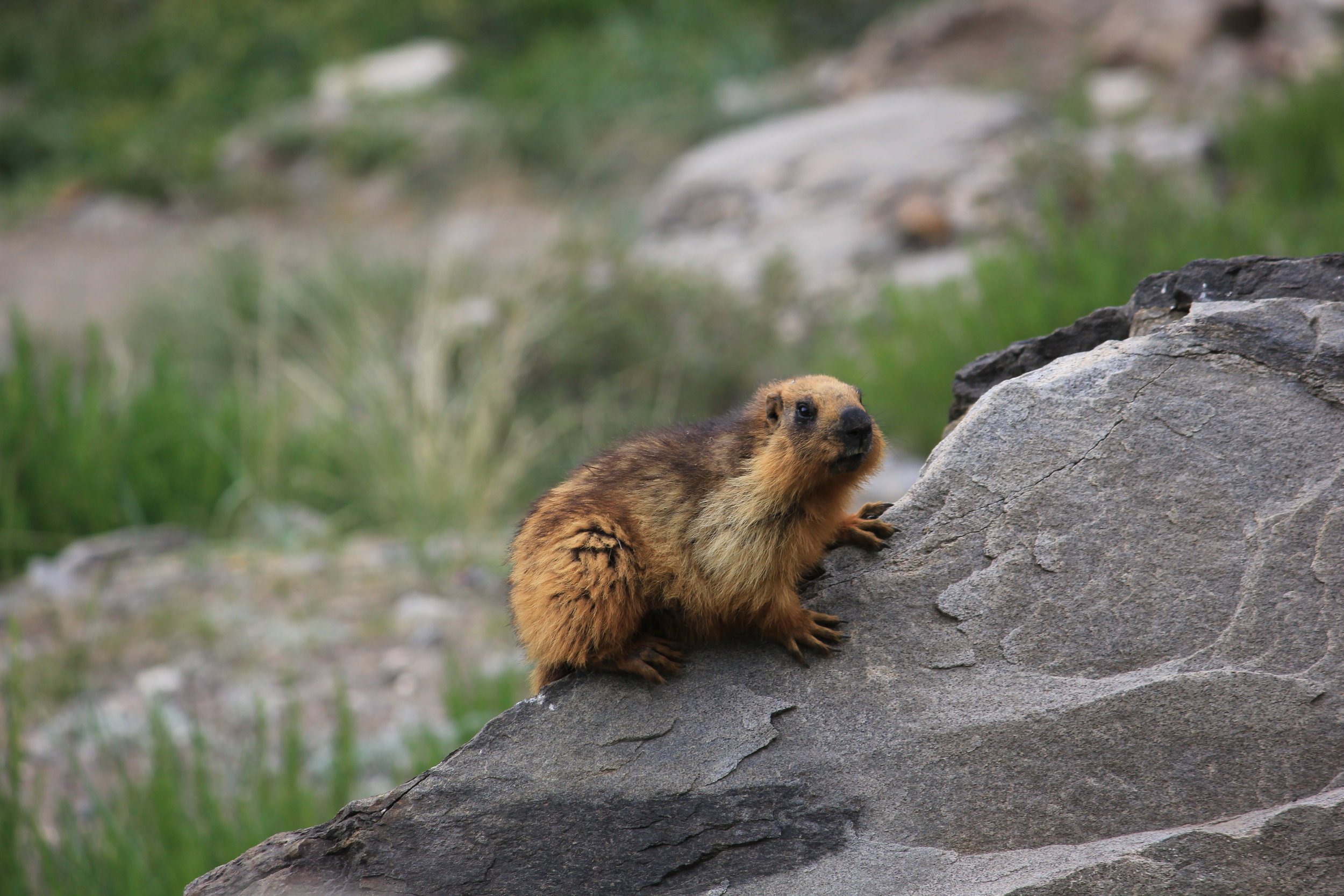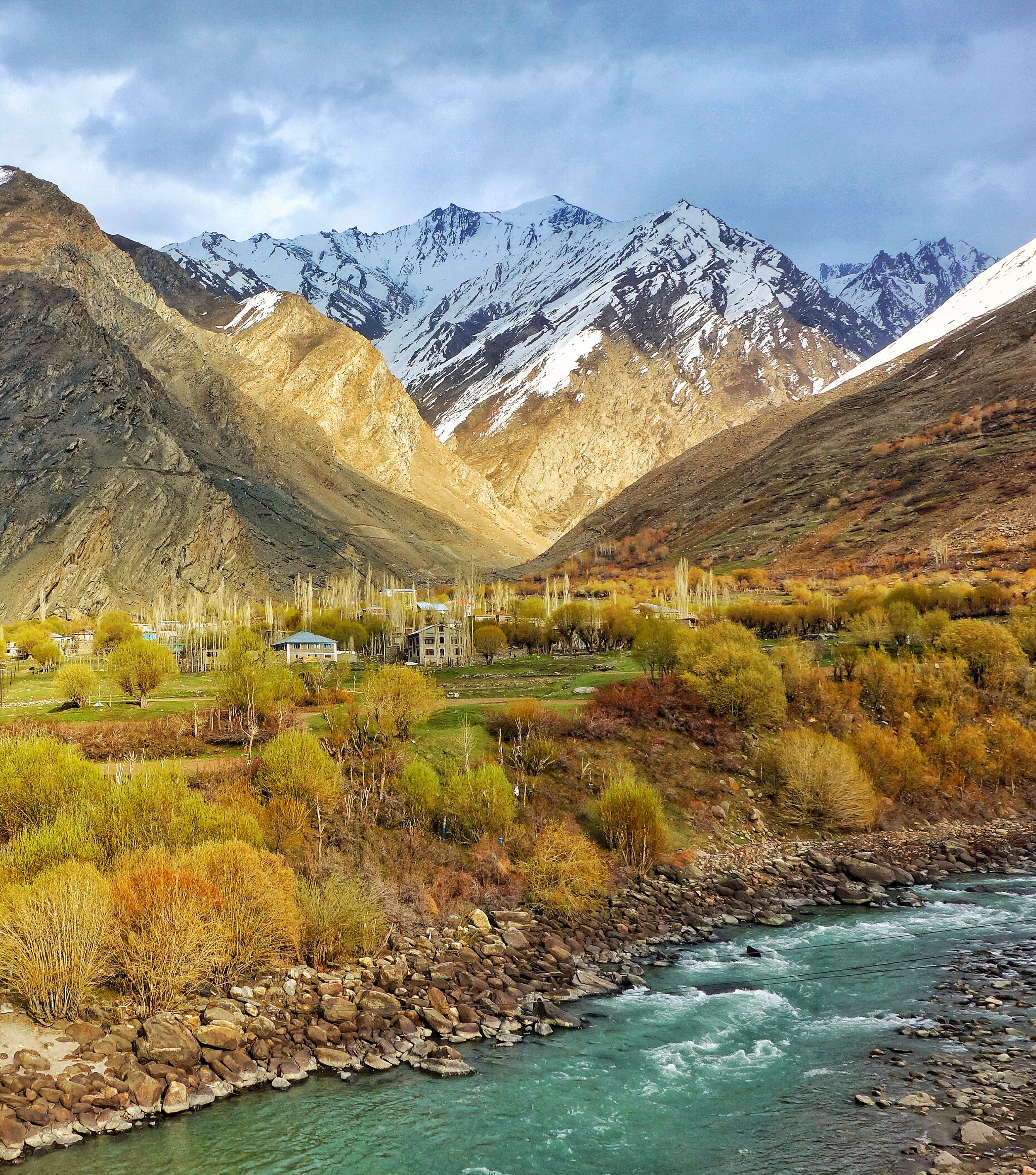So where exactly does Baltistan begin and Ladakh end ? Well to be honest there is no such defined physical feature but most consider the Chorbat Valley as a part of Baltistan rather than Ladakh. In the pre-partition days Chorbat was an “Ilakka” in the Baltistan Wazarat. Geographically the Chorbat Valley starts at the point where the Shyok Valley narrows and becomes a Gorge before the Village of Bogdang. Bogdang is considered the first Village of the Chorbat Valley and hence the first Village of Baltistan. Technically it lies sandwiched between the Ladakh Range and the Karakorams.
Chorbat Valley : Where Ladakh Gives Way to Baltistan
The Chorbat Valley at Turtuk

